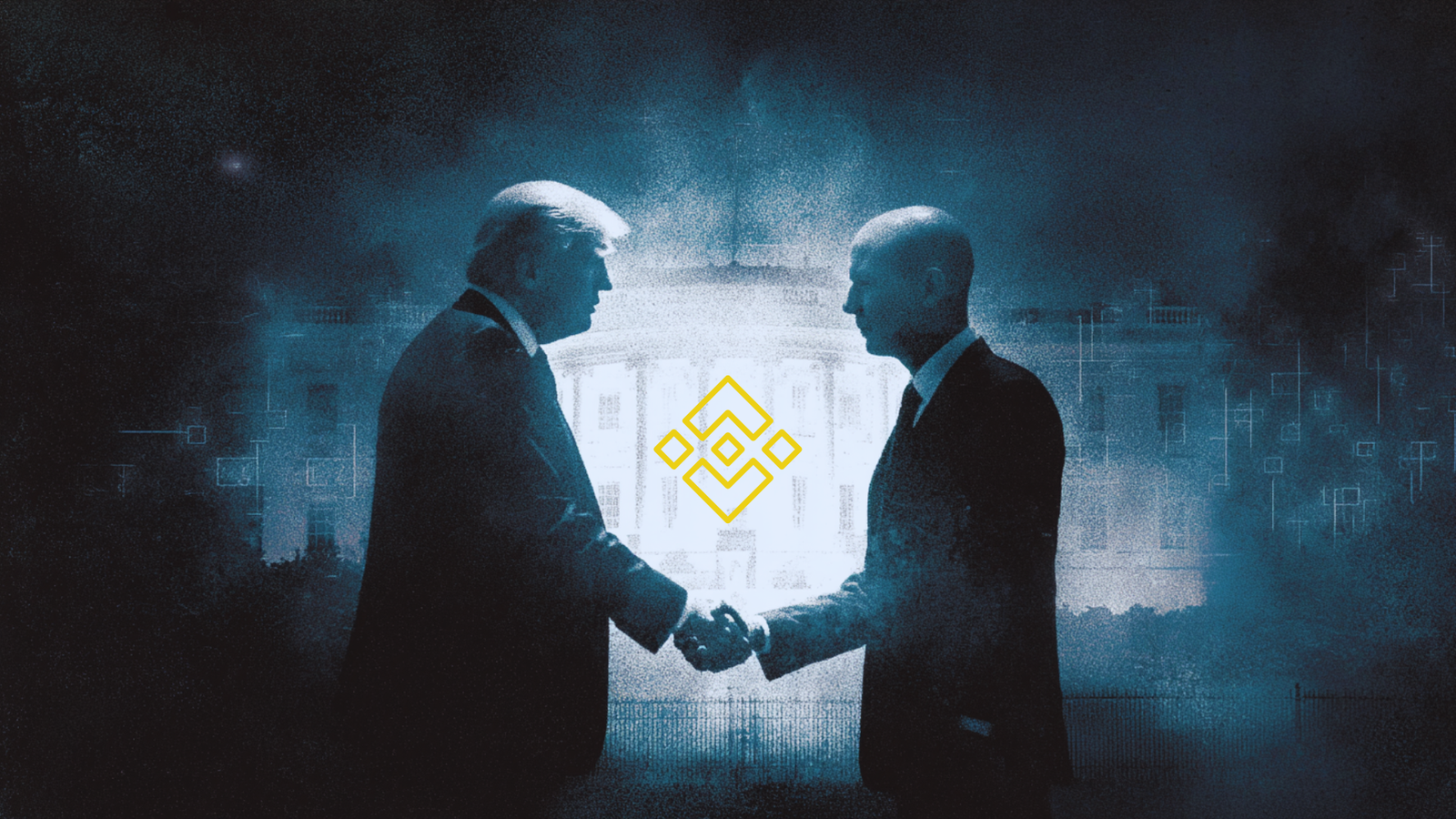- A 14-page document associated with Sam Bankman-Fried argues FTX’s assets would be worth $136 billion today, claiming the firm was never insolvent in 2022.
- This defense uses the recovery of assets like Solana and Anthropic to retroactively challenge the FTX fraud verdict and blame bankruptcy administrators.
- Legal experts reject the claim, noting that insolvency is defined by the inability to meet obligations when due, regardless of future asset appreciation.
Sam Bankman-Fried, the convicted founder of FTX, is now using the crypto market’s rebound to challenge his FTX fraud verdict — arguing the exchange was solvent when it collapsed in 2022.
A document shared on an X account once used by Bankman-Fried late Thursday claims FTX would hold $136 billion in value today had bankruptcy administrators not sold assets at fire-sale prices in 2022. This figure, calculated using current market valuations, forms the basis of the defense’s argument that FTX was “never bankrupt.”
The 14-page document asserts that the firm faced a manageable “liquidity crisis” in November 2022 that was disrupted when external counsel filed for Chapter 11 bankruptcy. This narrative directly contradicts the jury finding that led to the FTX fraud verdict.
Asset Gains Used to Disprove the FTX Fraud Verdict
The defense strategy hinges on treating the exchange’s illiquid venture investments and digital asset holdings as proof of solvency, provided they were held through the subsequent bull market.
The document claims FTX and its sister firm, Alameda Trading, had assets worth $25 billion against $13 billion in liabilities when the company collapsed. It then extrapolates that current holdings would include a $14.3 billion stake in the artificial intelligence startup Anthropic and a $7.6 billion investment in Robinhood.
The document further calculates that if the exchange had survived, its native FTT token, which was central to the collapse, would now be worth nearly $22 billion.
Bankman-Fried’s team is arguing that the current recovered assets, which have increased significantly in value since 2022, demonstrate that the underlying business was financially sound, thereby shifting blame from fraud to alleged mismanagement by the bankruptcy estate.
Experts Maintain Insolvency Preceded the FTX Fraud Verdict
Legal professionals and analysts specializing in financial crime have strongly rejected the defense strategy, noting it confuses insolvency law with hypothetical asset appreciation.
Austin Campbell, a stablecoin expert and professor at New York University, pointed out that insolvency is legally defined as the inability to pay debts when they are due. FTX failed this test when it halted customer withdrawals in November 2022, regardless of how much its venture capital portfolio might be worth years later.
John J. Ray III, the current FTX chief executive, has consistently maintained that Bankman-Fried left the firm “categorically, callously, and demonstrably false” due to the vast misappropriation of customer funds. Ray III’s team is now able to repay creditors 118% to 142% of their claims, totaling $14.5 billion to $16.3 billion.
However, this recovery is based on the legal requirement to value assets at their U.S. dollar equivalent on the date the firm filed for bankruptcy in 2022.
Blockchain investigator ZachXBT noted that this structure means creditors miss out on the post-collapse market gains that Bankman-Fried is now using to argue his innocence. He stated that creditors are getting U.S. dollar equivalents at 2022 low prices, despite the assets’ significant appreciation.
U.S. District Judge Lewis Kaplan addressed this distinction during Bankman-Fried’s sentencing in 2024. Judge Kaplan noted that recovering stolen funds after the fact does not absolve a criminal of the original theft.
Bankman-Fried was sentenced to 25 years in prison in March 2024 and is currently appealing his conviction. The document surfaces as a core component of his ongoing legal defense effort to overturn the FTX fraud verdict.
Chain Street’s Take
Bankman-Fried’s latest defense leans on the market’s recovery to rewrite the past, a tactic that highlights how volatile valuations can distort legal arguments in crypto. While his $136 billion hindsight claim may resonate with investors tracking FTX’s lost upside, insolvency law hinges on liquidity at the time of collapse, not theoretical future worth.



